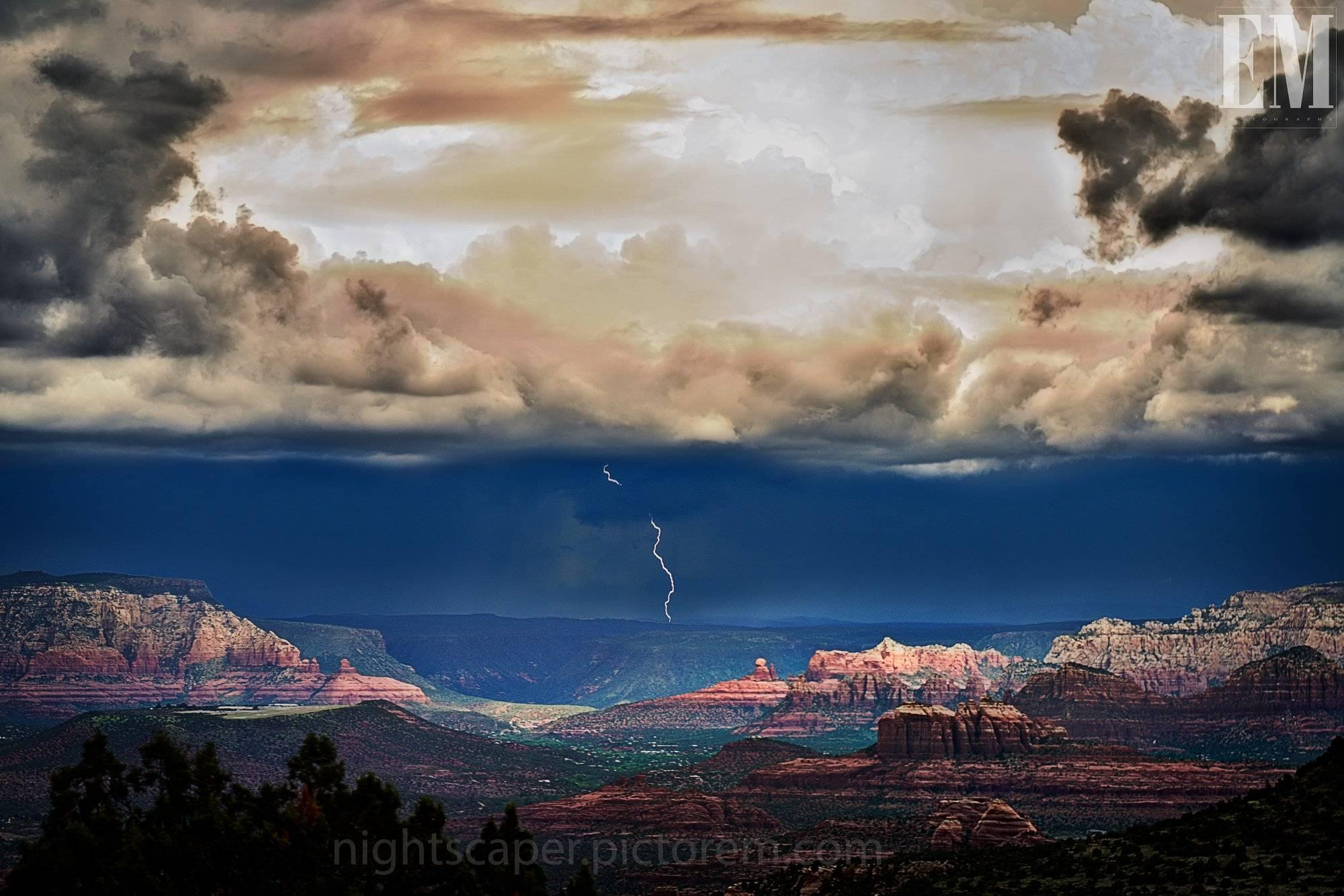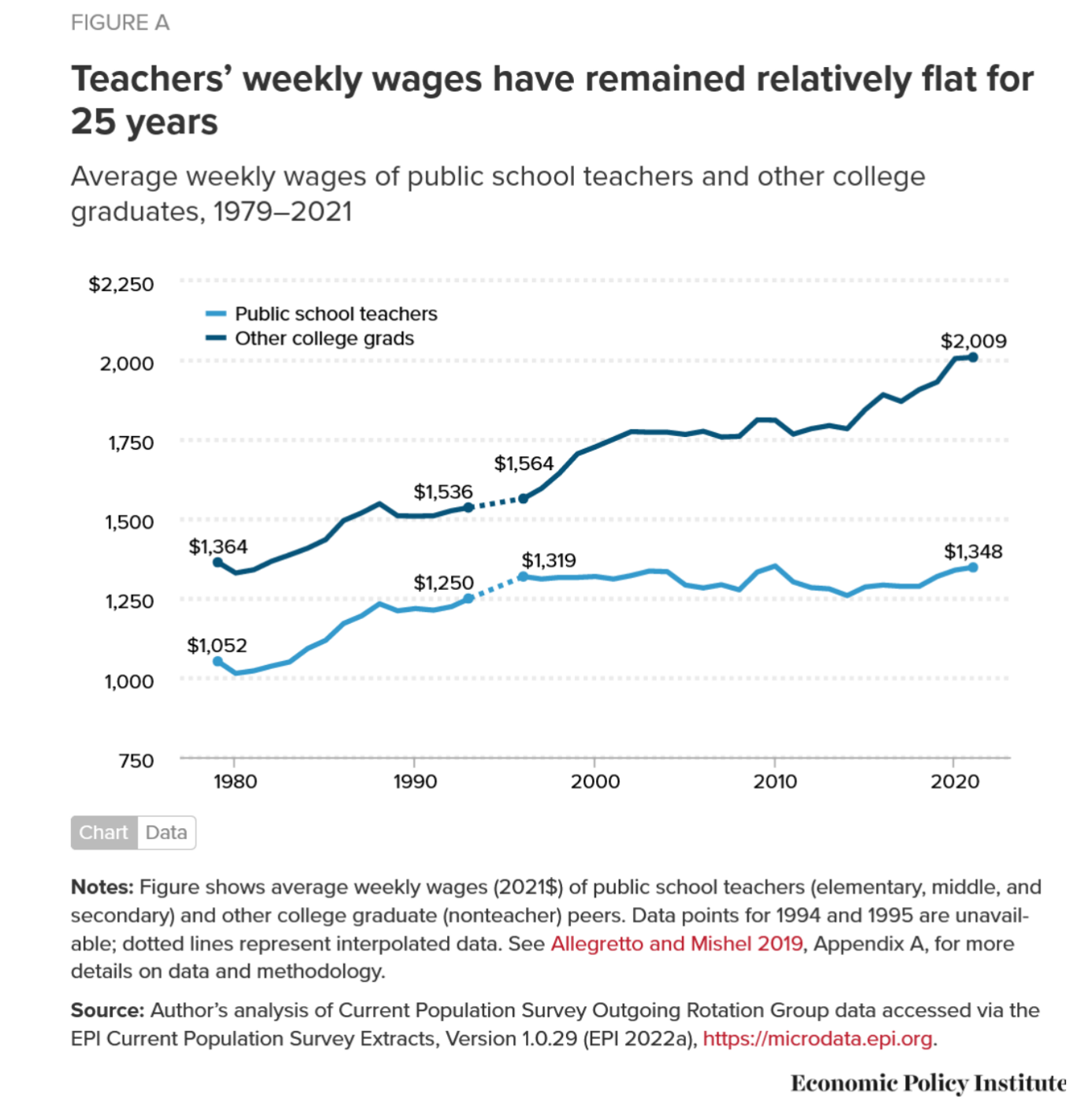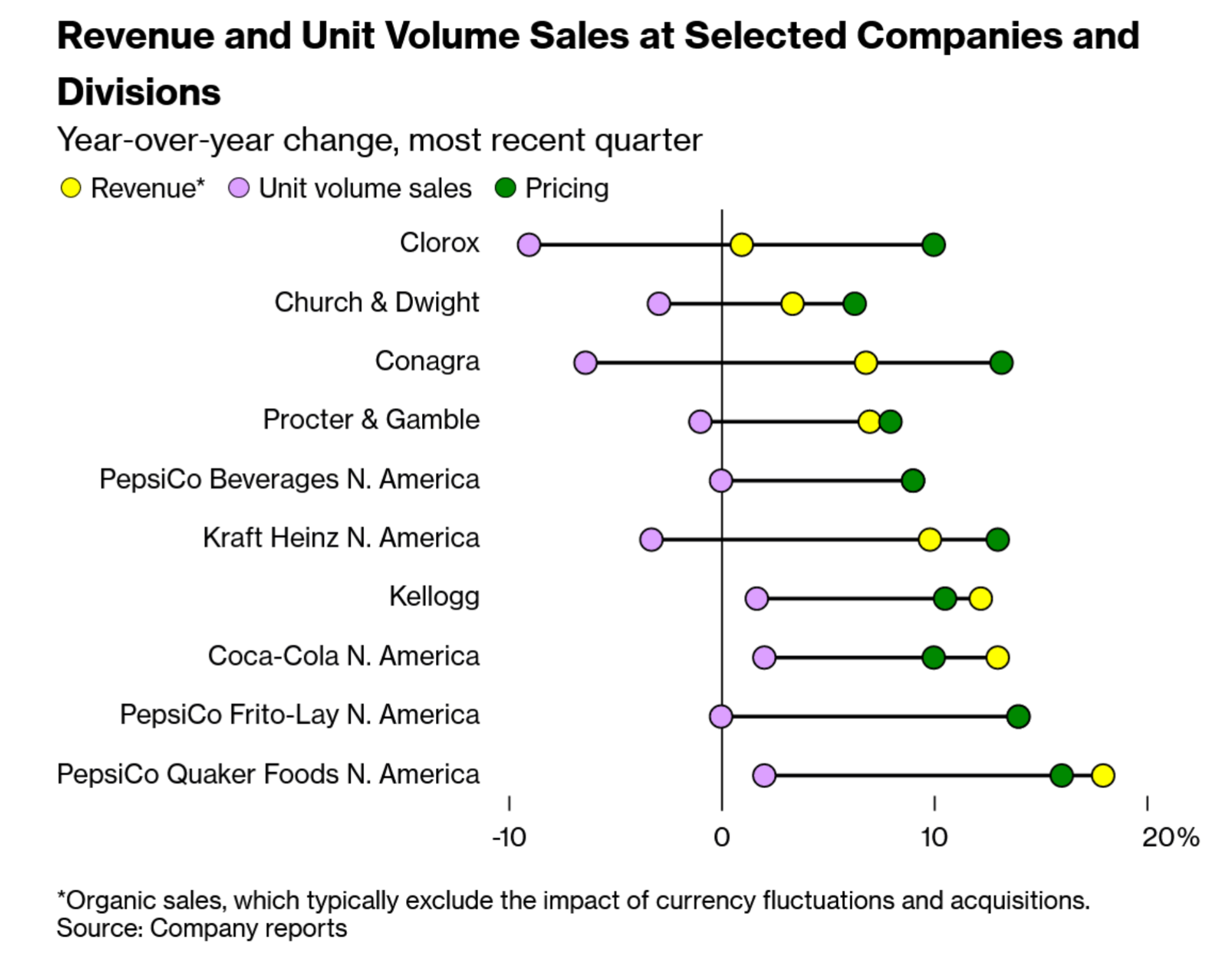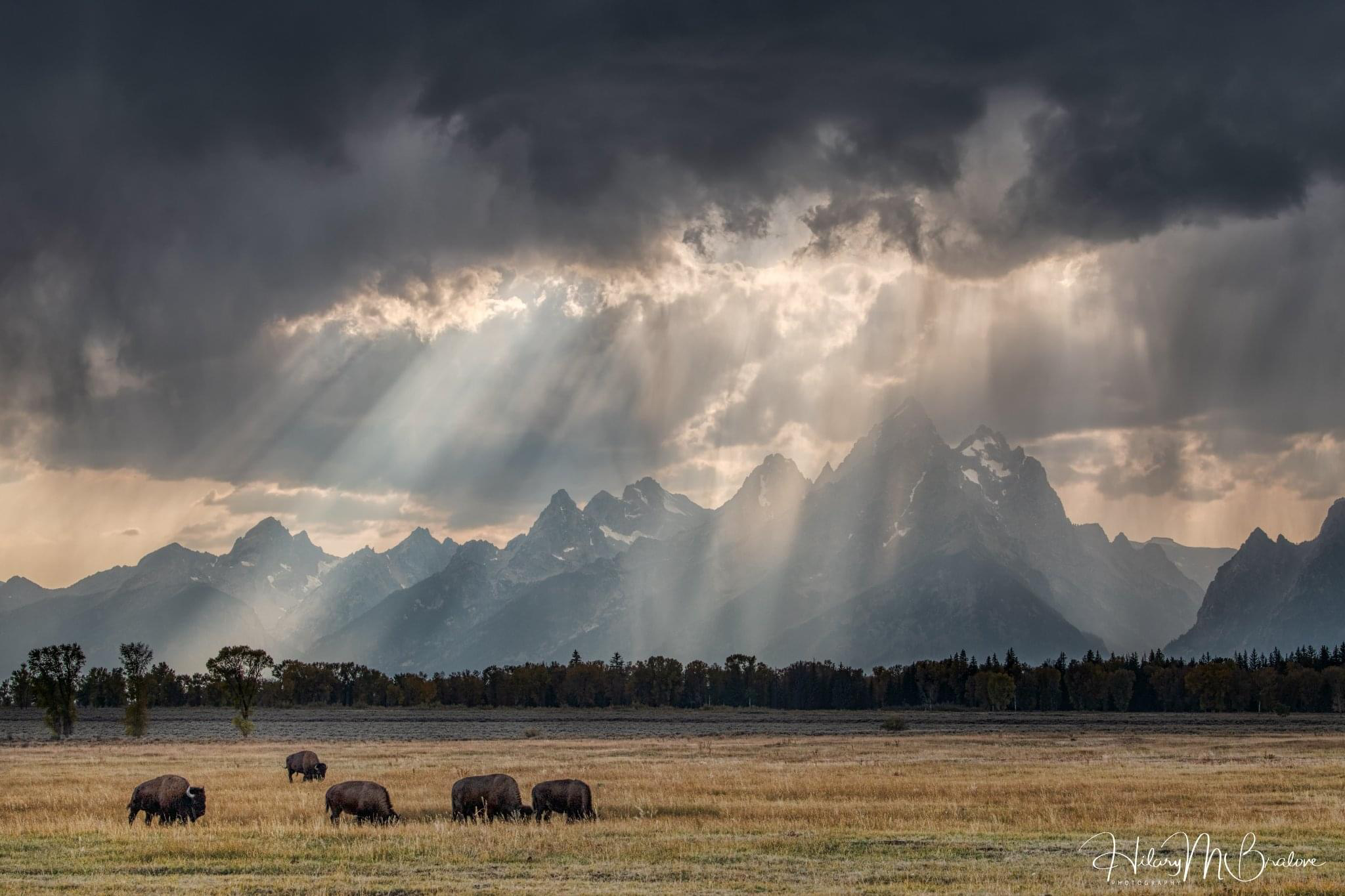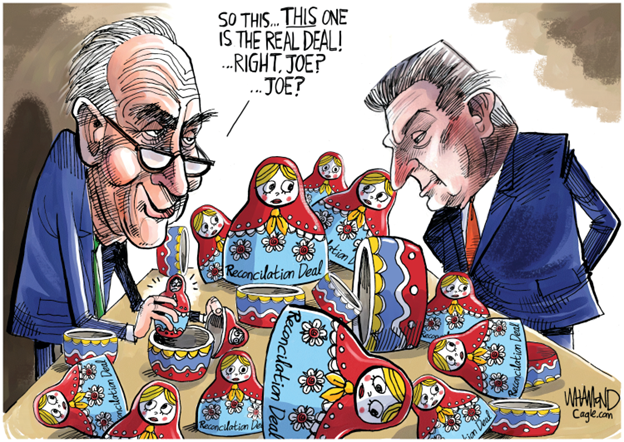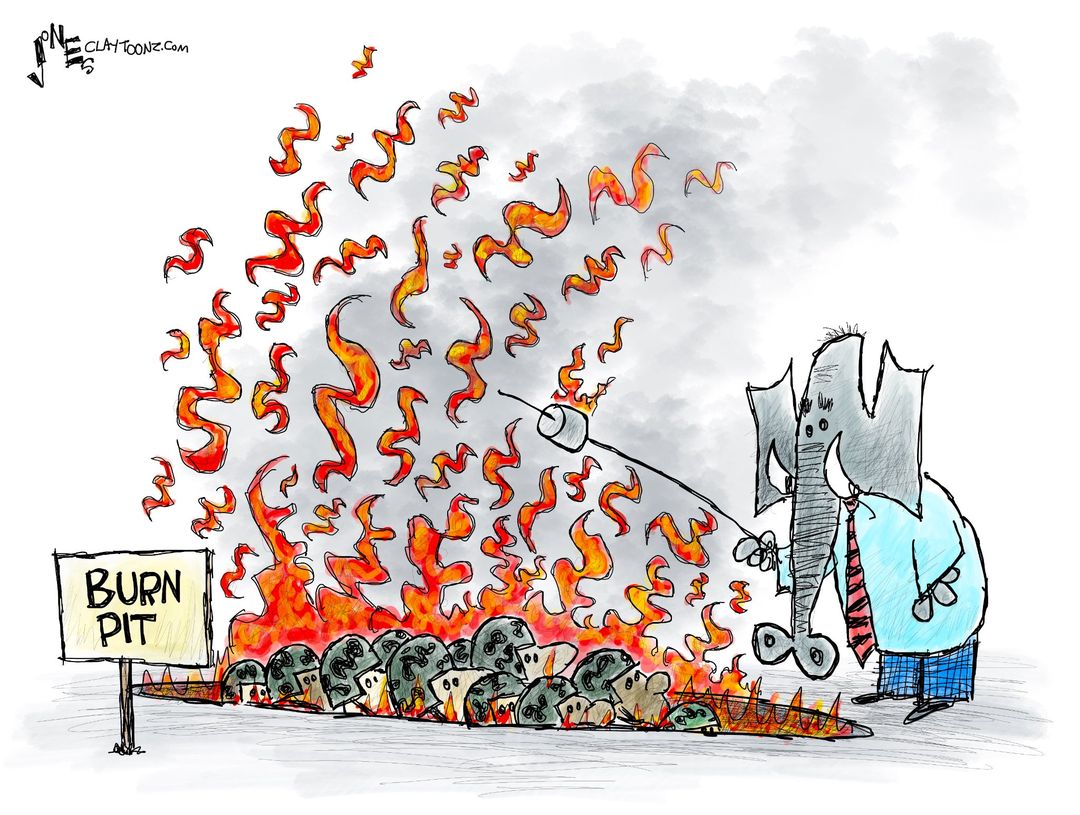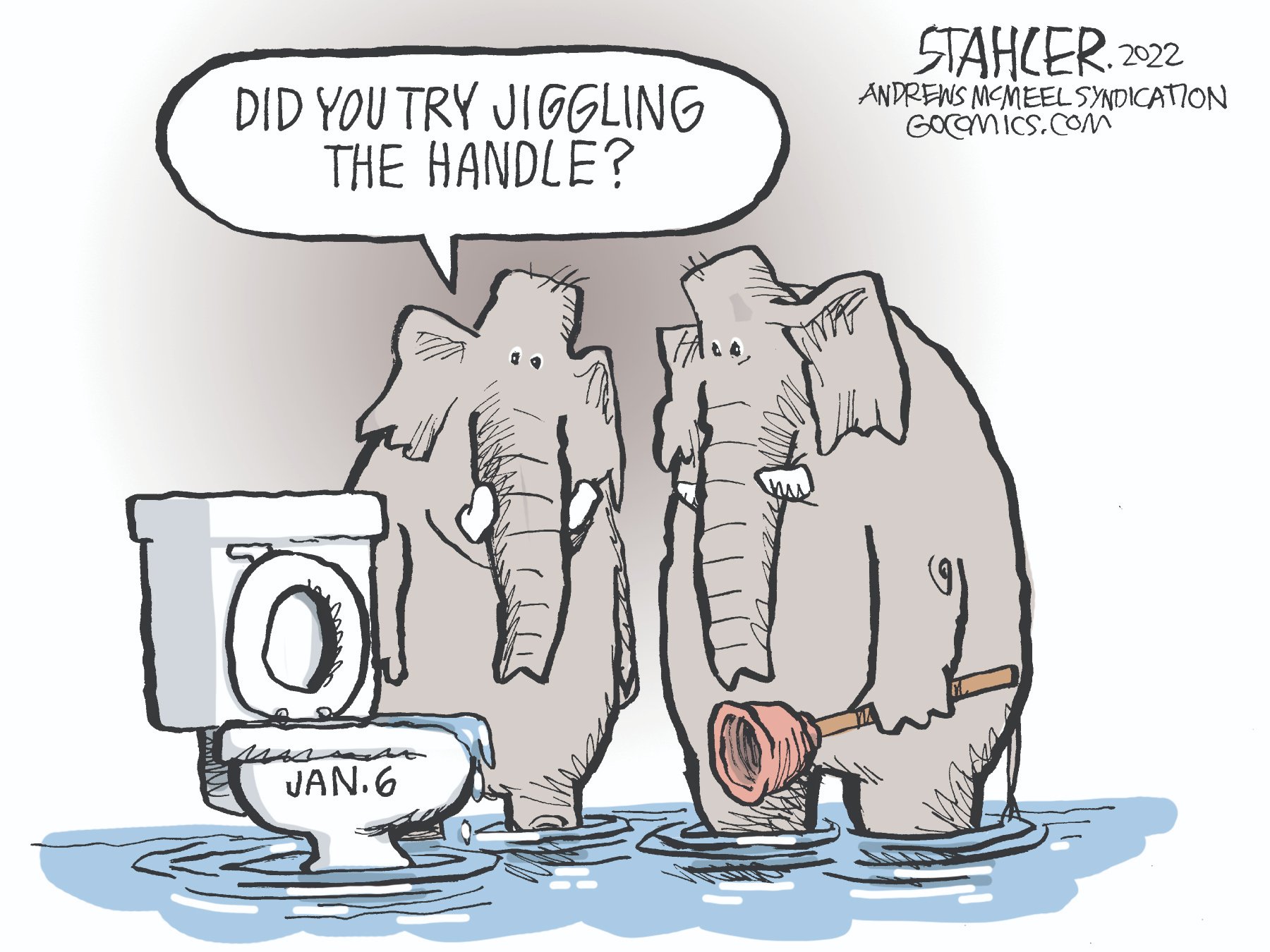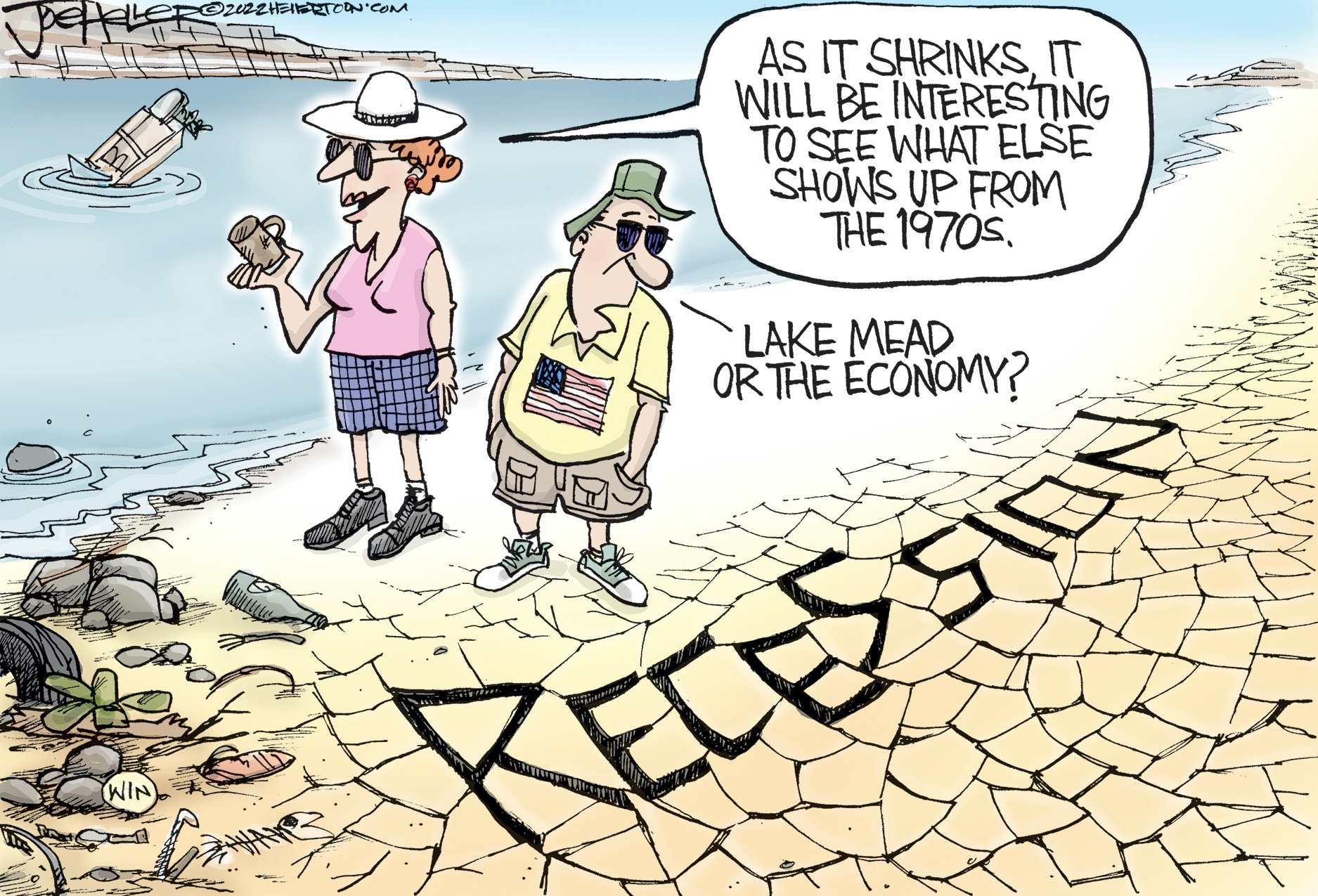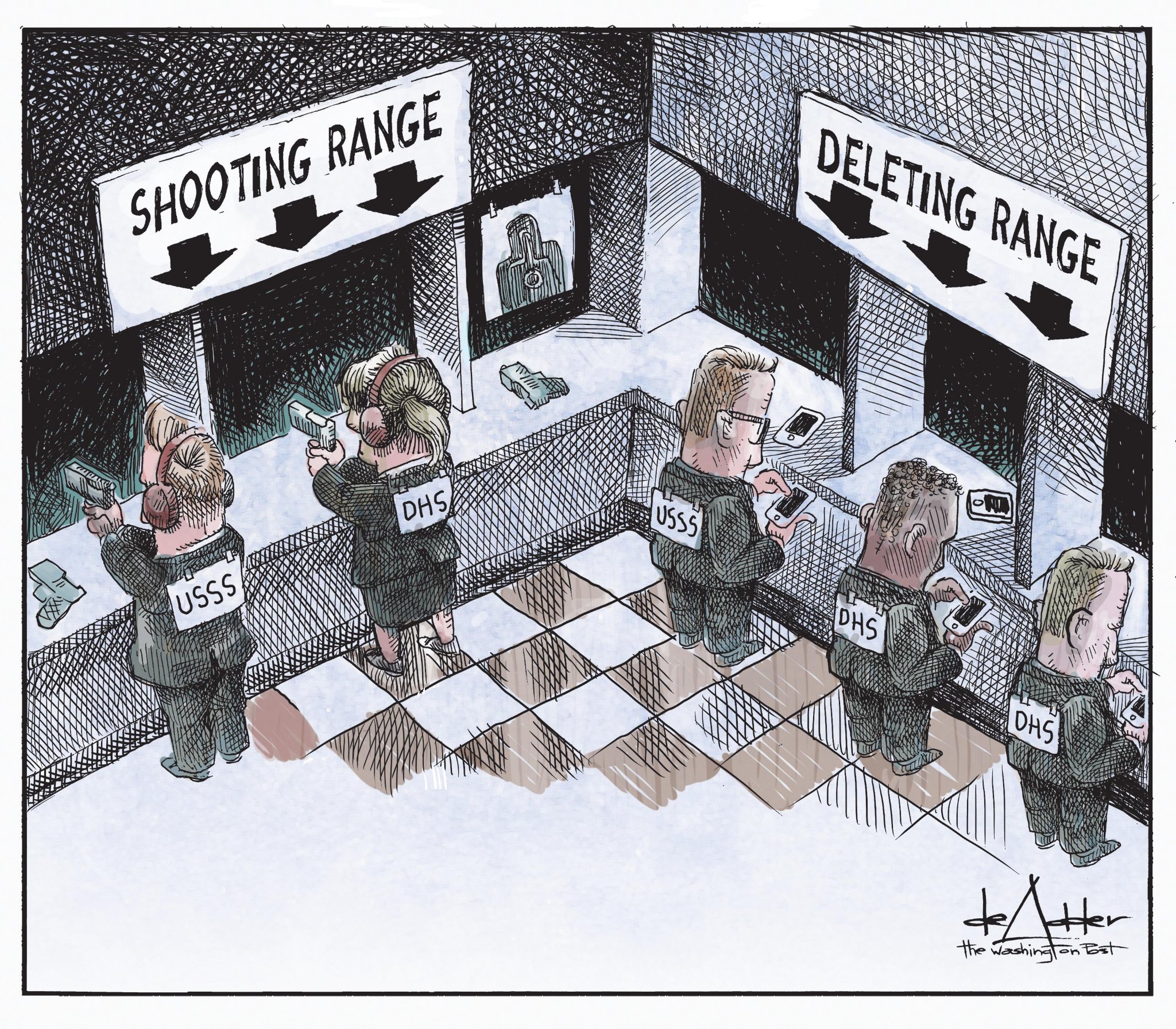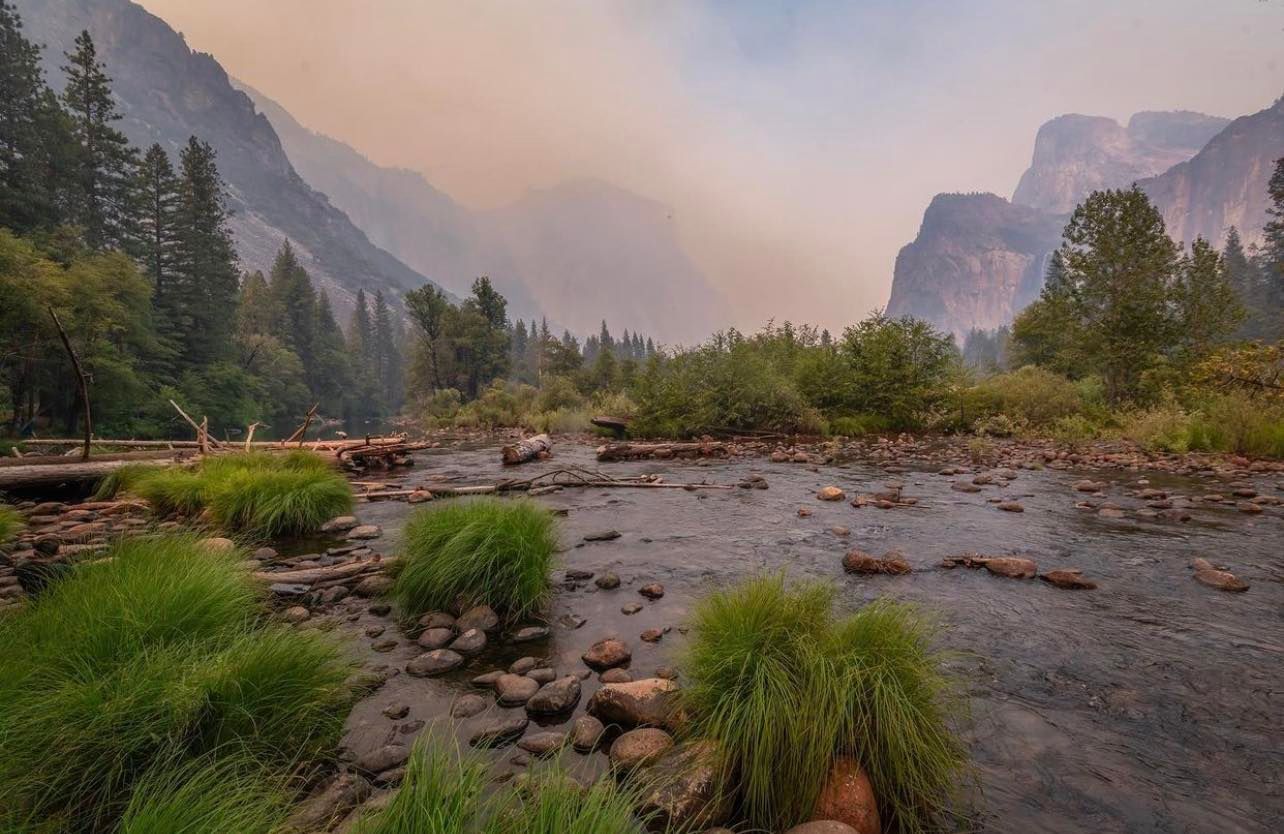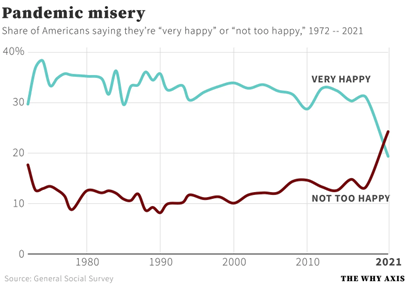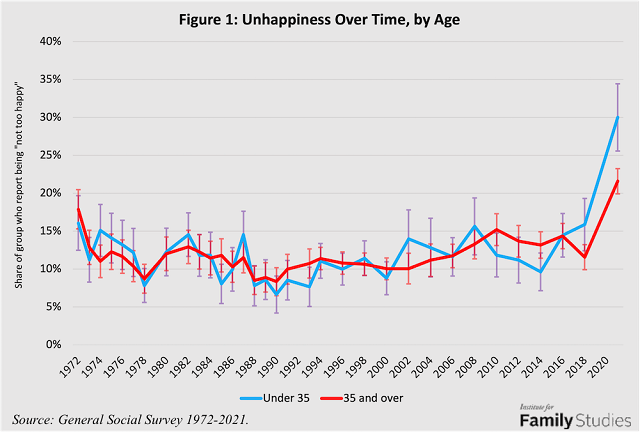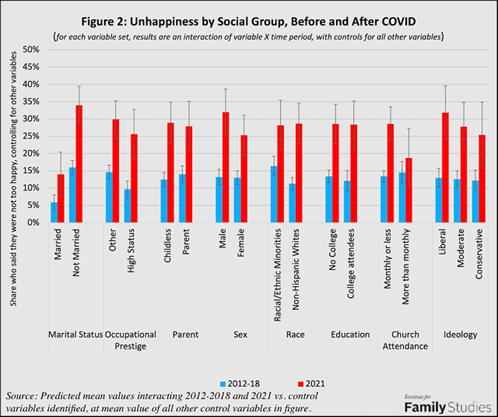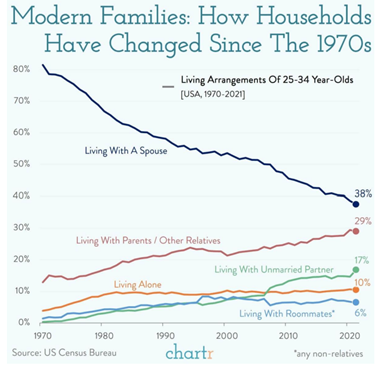The Daily Escape:

Morning light – Norbeck Pass, Badlands NP, SD – July 2022 photo by Rick Berk Photography
After imposing sanctions on Russia for their invasion of Ukraine, Germany and all of Europe are now facing an energy crisis unlike ever in their history. Gas deliveries from Russia have been halted altogether, exposing the dependence of European energy consumers on pipelined gas from Russia.
Strategically, Germany’s dependence on Russia is a muddle. Germany has depended on Russian natural gas since the Cold War. And it steadily increased its reliance on Russian gas while reducing alternative sources of energy such as nuclear power, even after Russia invaded Ukraine in 2014.
On September 5th, Russia said it would close its Nord Stream I pipeline for as long as Western sanctions are in place. This initially sent gas prices higher by 30%. They currently stand at around $400 expressed as the equivalent of a barrel of oil.
The energy shock has morphed into a political and economic shock. In Germany, steelmaker ArcelorMittal is shutting down a plant in Bremen. Germany is spending €65 billion (1.8% of GDP) on measures including a price cap on electricity for households and firms.
France has enacted a retail price freeze for energy. French gas prices are frozen until at least the end of 2022, and the rise in electricity prices is capped at 4%.
Now, 14% of families in England are behind on their utility bills. The UK’s prime minister Liz Truss unveiled a plan to freeze prices for two years, which could cost more than £100 billion (4.3% of its GDP) and will be financed through government borrowing.
But the threatened loss of Russian gas also caused European governments to make big changes by lowering demand and lining up new gas supplies. That has lowered gas futures prices. From Wolf Richter:
“The front-month October TTF contract in the Netherlands – a benchmark for northwest Europe – plunged by 8% on Monday from Friday, and by 44% from the peak on August 26, to €191.02 per megawatt-hour (MWh) at the close today…”
On the supply side, the Netherlands has started operations of two floating liquefied natural gas (LNG) import and storage terminals in the port of Eemshaven. These floating storage and regasification units (FSRU) receive the LNG, store it, re-gasify it, and then send the natural gas via pipeline into the land-based distribution network in the Netherlands, from where it can be further distributed throughout Europe. Three more FSRUs are planned.
Germany had failed to build a single LNG import terminal as an alternative to Russian piped gas, but it has now chartered five FSRUs, three of which will start operating this winter. Germany has also been filling its gas storage facilities at record pace. They are currently 87.9% full, according to Gas Infrastructure Europe. For the EU overall, storage facilities are 83.6% full, well above the EU’s 80% target.
Strategically, Germany (and the EU) can’t simply return to the old normal once (IF) Ukraine hostilities end. Germany’s vulnerability to its natural gas dependence on Russia has irrevocably shaken up the economies and politics of Germany and most of Europe.
Germany seems to have finally figured this out. In the short run, (2-3 years) the consequence will be that Germany’s and EU’s consumers and industrial users will face natural gas prices that are much higher than they were two years ago. Higher-cost LNG will be a larger part of the energy mix, with low-cost pipeline natural gas from Russia a smaller part.
As Wrongo said recently, Russia cannot easily sell all of the natural gas that it’s not selling to Europe, because the pipelines can’t be moved overnight. And Russia has no LNG export facilities linked to its production sites. So Russia will have to cut some production at these sites and will lose the revenues associated with that lost production.
Also in the short run, Europe’s governments will struggle to balance relief for its citizens against letting energy prices rise high enough to discourage use. These governments are scrambling to find alternative sources while cutting consumption as deeply as they can. But winter is coming, and if they aren’t able to find successful workarounds, economic growth will slow, and European voters may demand that their governments drop sanctions on Russia.
That is a political problem that Russia hopes to exploit this winter.
Europe’s response to the Russian invasion of Ukraine has exposed both its vulnerability to Russian gas, and also the poor strategic decisions that it and Germany have made over several decades: to take the cheapest, simplest solution to Europe’s growing energy needs.
Russia is hoping that it will gain some leverage in the diplomacy regarding an endgame in Ukraine and the anti-Russia sanctions regime this winter.
And like always, regardless of the outcome, no politician will be harmed while playing this game.



